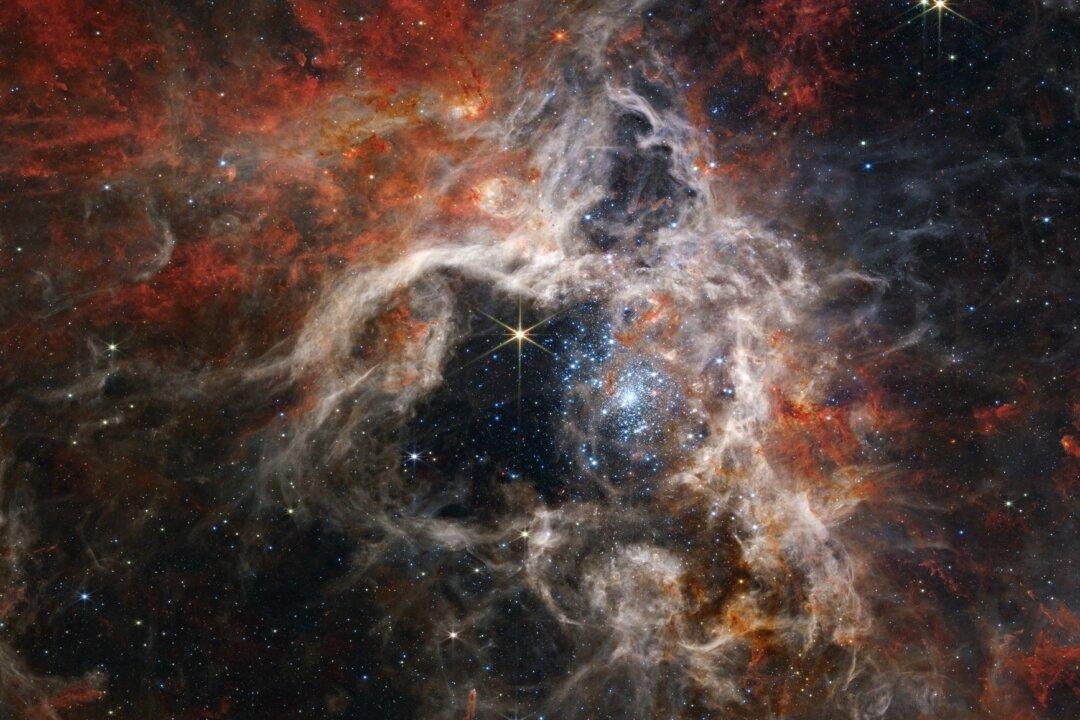NASA’s James Webb Space Telescope has captured thousands of never-before-seen young stars in the Tarantula Nebula, a stellar nursery called 30 Doradus.
The young stars were previously shrouded from view by cosmic dust.

NASA’s James Webb Space Telescope has captured thousands of never-before-seen young stars in the Tarantula Nebula, a stellar nursery called 30 Doradus.
The young stars were previously shrouded from view by cosmic dust.